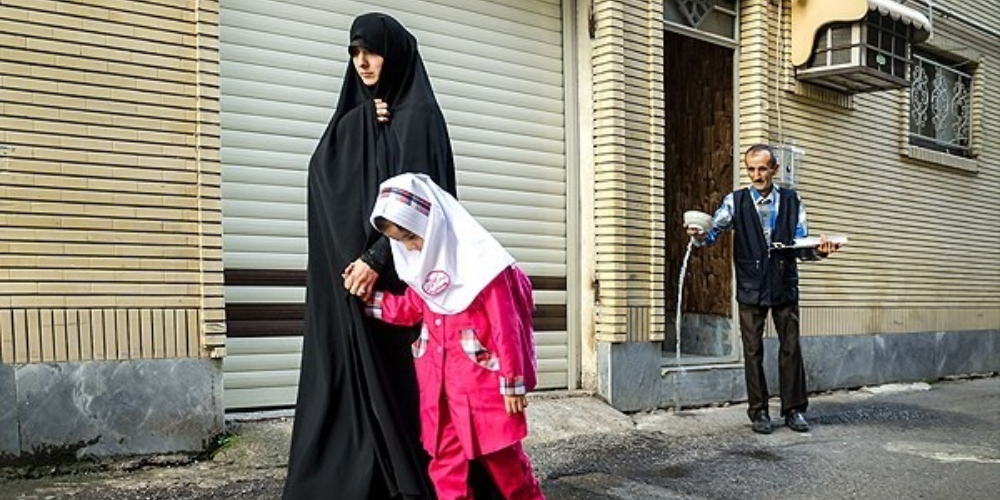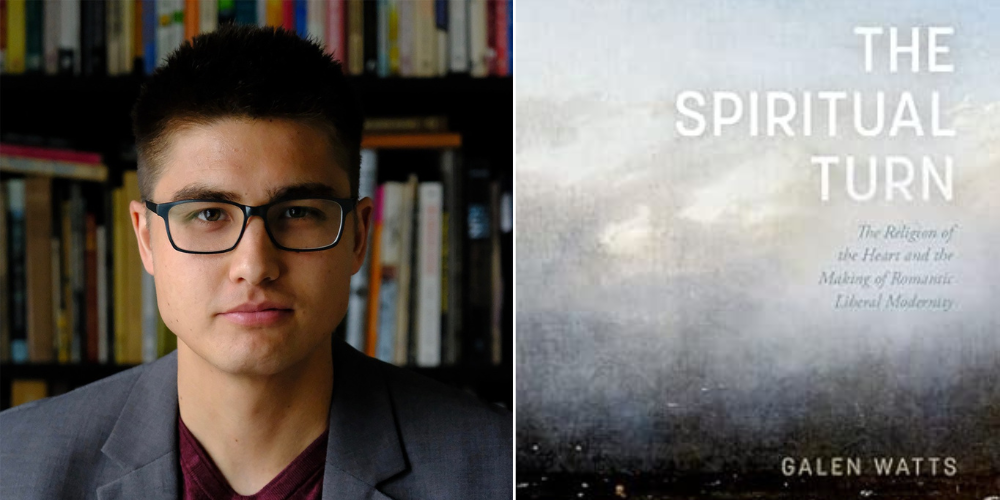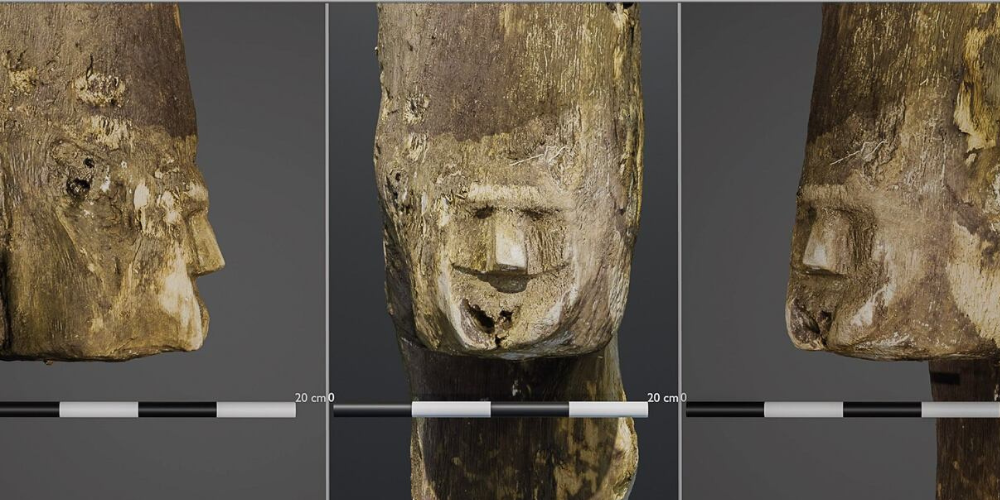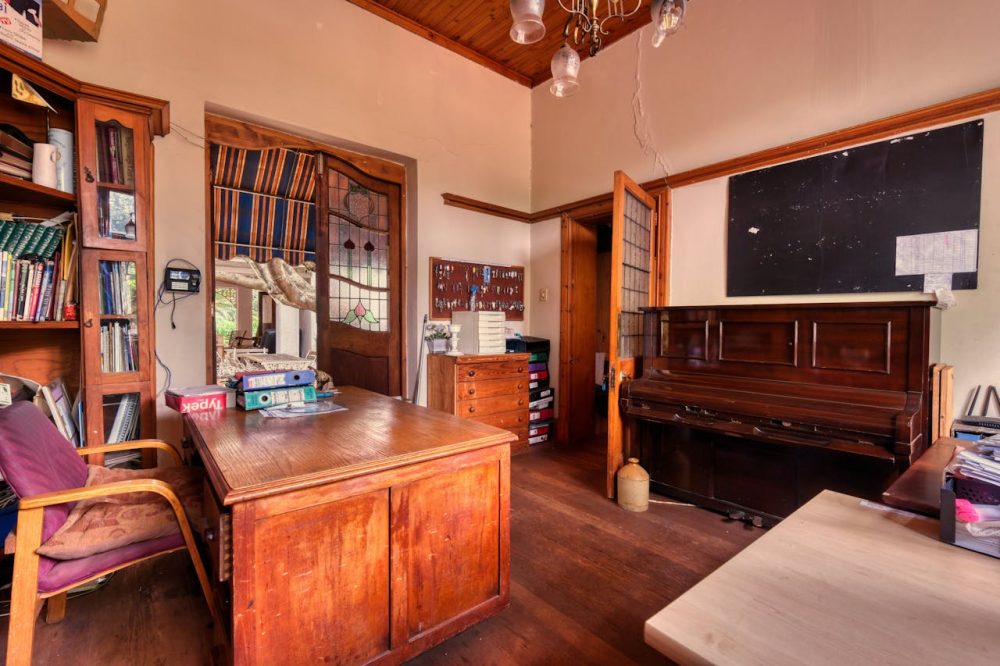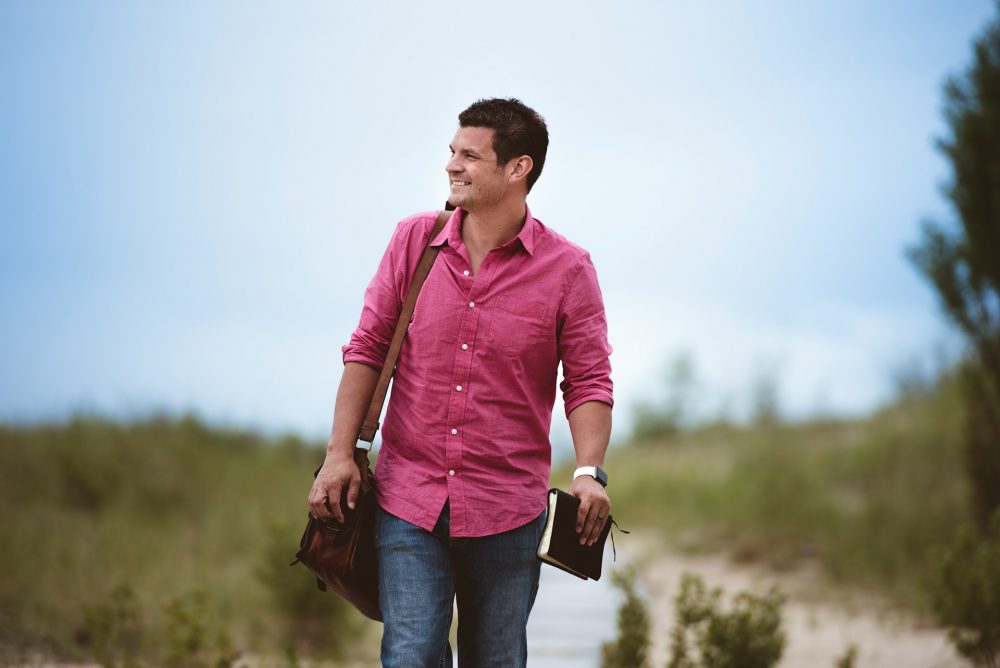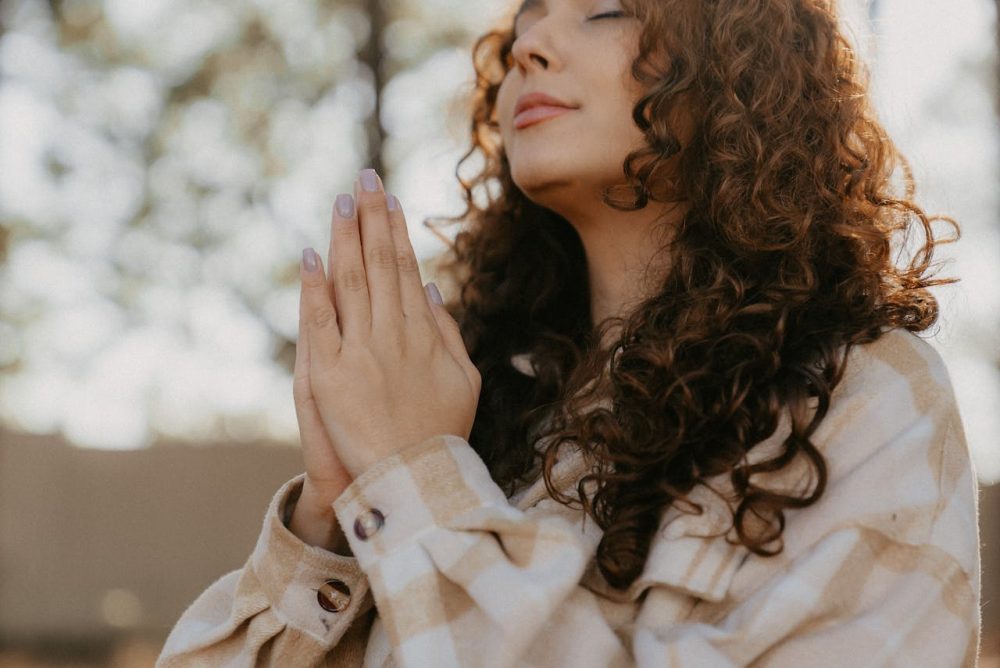Spirituality takes on many forms in the United States, reflecting a wide range of beliefs and practices. For some, spirituality centers on connections—whether with God, nature, or other people—while for others, it’s about understanding oneself. Interestingly, a portion of Americans sees no difference between spirituality and religion, blending both in daily life.
The Pew Research Center’s 2023-24 Religious Landscape Study (RLS) explored this diversity by asking Americans detailed questions about their spiritual beliefs, practices, experiences, and identities. Because spirituality means different things to different people, the study avoided defining it narrowly and instead focused on how individuals perceive and live it.
Spirituality Across the States
Data from the study reveal that some of the most spiritually engaged states also rank high in religious participation.
Southern states, in particular, show strong weekly engagement with spirituality. In Mississippi, 54% of adults report experiencing a deep sense of spiritual peace and well-being at least once a week. Louisiana and Kentucky follow closely with 51% each, while Arkansas, South Carolina, and Oklahoma each report 50%. These numbers highlight how spirituality often intertwines with everyday life in these regions.
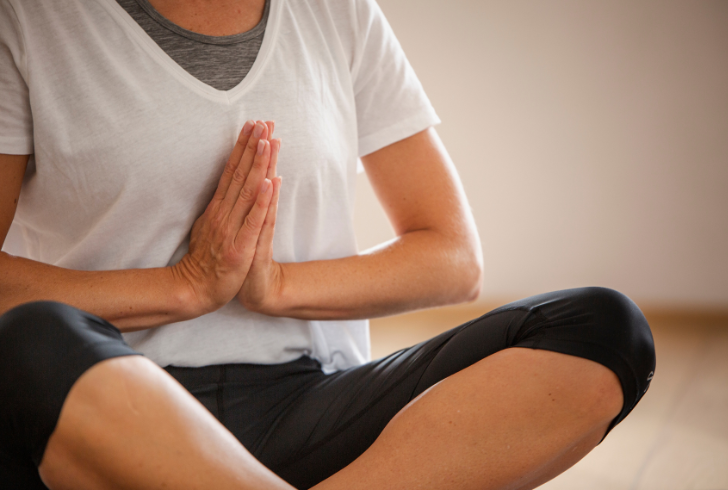
Freepik | Over half of adults in Mississippi feel spiritually at peace at least once a week.
Yet spirituality is not confined to the South. Nationwide, beliefs in a soul or spirit are widespread. Roughly eight in ten adults in every state acknowledge that people possess a soul or spirit in addition to their physical body.
Similarly, about seven in ten adults across the country recognize that there is something spiritual beyond the natural world. These beliefs demonstrate a broad, shared sense of connection to something larger than the material world.
Measuring Spiritual Beliefs
When comparing states, it’s important to note that some differences may fall within the survey’s margin of error. The RLS study provides shaded bars in its charts representing a 95% confidence level for sampling error. This approach ensures the findings are interpreted with accuracy and reliability.
The survey allowed respondents to explore their spirituality through various lenses, including belief in a soul, spiritual experiences, and practices like prayer or meditation. The interactive tools offered by the study even allow people to see how their state ranks in relation to others on multiple measures of spirituality.
Patterns and Trends
State-level trends from previous RLS studies, including 2007 and 2014, show a consistent interest in spirituality across the country, though methodologies have shifted slightly over time. Comparing states today offers a glimpse into where Americans feel spiritually connected, whether that’s through weekly practices, personal reflection, or belief in a higher power.
Southern states remain a focal point for spiritual engagement, but widespread beliefs in souls and spiritual forces show that spirituality resonates deeply across every corner of the nation. Adults everywhere express that life extends beyond the tangible, revealing a universal search for meaning and connection.
Understanding the Scope
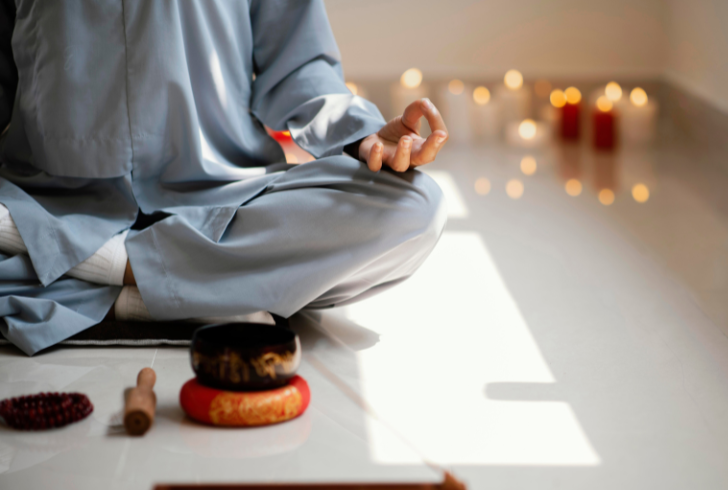
Freepik | Spirituality can guide a person's life, leading to inner harmony and strength.
The 2023-24 Religious Landscape Study highlights the complex ways Americans define and experience spirituality. From the South to the Pacific Northwest, a sense of spiritual presence—whether through inner peace, belief in a soul, or recognition of a higher force—permeates daily life.
These insights shed light on the variety of ways people relate to the spiritual dimension of existence, showing that while definitions may vary, the experience of spirituality remains a shared human phenomenon.
Spirituality and Everyday Life
Spirituality often shapes decisions, interactions, and overall well-being. People who engage in spiritual practices or hold spiritual beliefs tend to report a sense of inner balance and resilience. Recognizing the presence of a spiritual dimension beyond the material world can influence how individuals approach challenges, relationships, and personal growth.
By observing state-level patterns, it becomes clear that spirituality is not just a personal matter but also a cultural one, reflecting the collective values, practices, and beliefs of communities. Whether experienced through reflection, connection, or ritual, spirituality continues to play a meaningful role in the lives of Americans nationwide.

